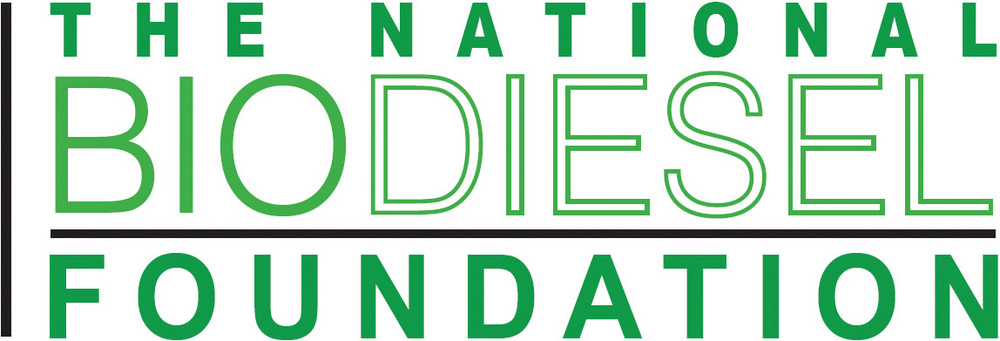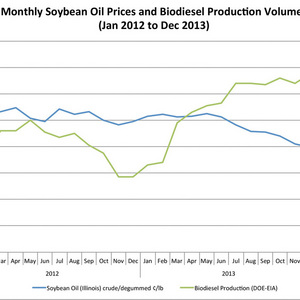Biodiesel Foundation: Investing in good science helps the industry



May 27, 2014
BY NBB
The National Biodiesel Foundation recently awarded a grant to the National Biodiesel Board to improve the science of greenhouse gas (GHG) modeling. Greenhouse gas reductions add to the economic and energy security benefits of biodiesel as an alternative to imported petroleum. Renewability and environmental benefits are something that fossil fuels simply can’t offer, so quantifying these benefits sets biodiesel apart from other alternatives in state and federal energy policies.
“The greatest potential for improving the accuracy of biodiesel’s GHG score is to improve the quantification of indirect land use change associated with feedstock production,” said Don Scott, director of sustainability at NBB. Under the NBF grant, NBB expects to improve the accuracy of data used in economic and life-cycle models. The biodiesel industry has set responsible goals based on the availability of feedstocks without increasing prices or acres.
Scott further explains, “The current theory of indirect land use change relies on the assumption that feedstock prices will increase, so the models are predicting outcomes nearly the opposite of what is actually happening.” In 2013, record biodiesel production demonstrated that feedstocks could remain in abundant supply. Biodiesel production increased 35 percent while soybean oil prices dropped 25 percent. “If the scientific community continues to improve the modeling, it is likely that model results will converge with reality and show zero indirect land use change emissions attributable to U.S. biodiesel,” Scott said.
Advertisement
NBF hopes to continue to support biodiesel research through projects such as the NBB grant to improve data inputs to GHG models. “NBF has shown a superior ability to manage the complex, technical projects required so that the science surrounding indirect land use change can be improved,” said NBF Vice President Beth Calabotta.
NBF encourages others to get involved as there is considerably more research to do. For more information about the foundation and its activities, or to show your support of its projects, visit www.BiodieselFoundation.org.
Advertisement
Related Stories
The USDA reduced its estimate for 2024-’25 soybean use in biofuel production in its latest WASDE report, released May 12. The agency expects soybean oil use in biofuel to increase during the 2025-’26 marketing year.
HutanBio's microalgal biofuel production shown to be net-negative in an independent life cycle assessment by EcoAct
HutanBio on May 8 announced that the production process for its proprietary HBx microalgal biofuel achieves net-negative carbon emissions, based on an independent cradle-to-gate life cycle assessment (LCA) conducted by EcoAct.
According to a new economic contribution study released by the Iowa Renewable Fuels Association on May 6, Iowa biofuels production has begun to reflect stagnant corn demand throughout the agriculture economy.
Repsol and Bunge on April 25 announced plans to incorporate the use of camelina and safflower feedstocks in the production of renewable fuels, including renewable diesel and sustainable aviation fuel (SAF).
U.S. operable biofuel capacity in February was unchanged from the previous month, according to data released by the U.S. EIA on April 30. Feedstock consumption for February was down when compared to both January 2025 and February 2024.
Upcoming Events










